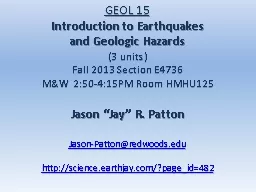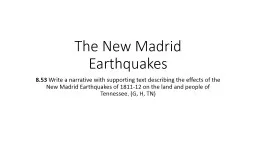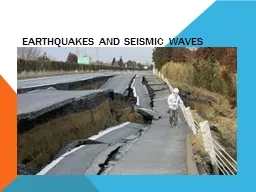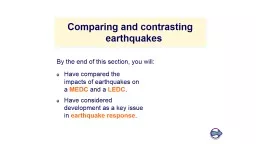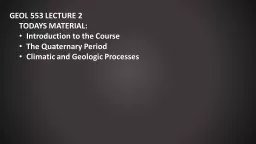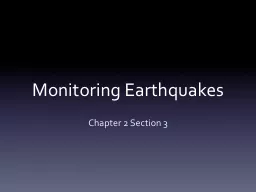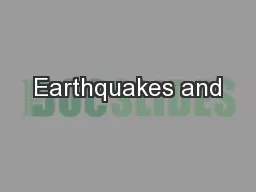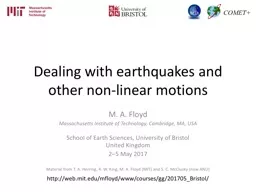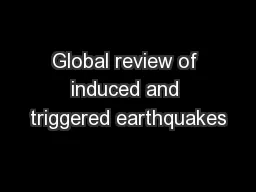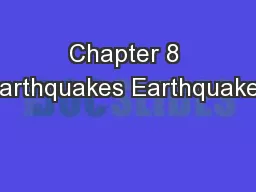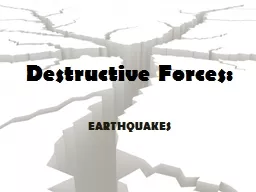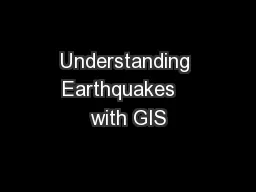PPT-GEOL 15 Introduction to Earthquakes
Author : cheryl-pisano | Published Date : 2018-02-18
and Geologic Hazards 3 units Fall 2013 Section E4736 MampW 250415PM Room HMHU125 Jason Jay R Patton JasonPattonredwoodsedu httpscienceearthjaycompageid482
Presentation Embed Code
Download Presentation
Download Presentation The PPT/PDF document "GEOL 15 Introduction to Earthquakes" is the property of its rightful owner. Permission is granted to download and print the materials on this website for personal, non-commercial use only, and to display it on your personal computer provided you do not modify the materials and that you retain all copyright notices contained in the materials. By downloading content from our website, you accept the terms of this agreement.
GEOL 15 Introduction to Earthquakes: Transcript
Download Rules Of Document
"GEOL 15 Introduction to Earthquakes"The content belongs to its owner. You may download and print it for personal use, without modification, and keep all copyright notices. By downloading, you agree to these terms.
Related Documents

